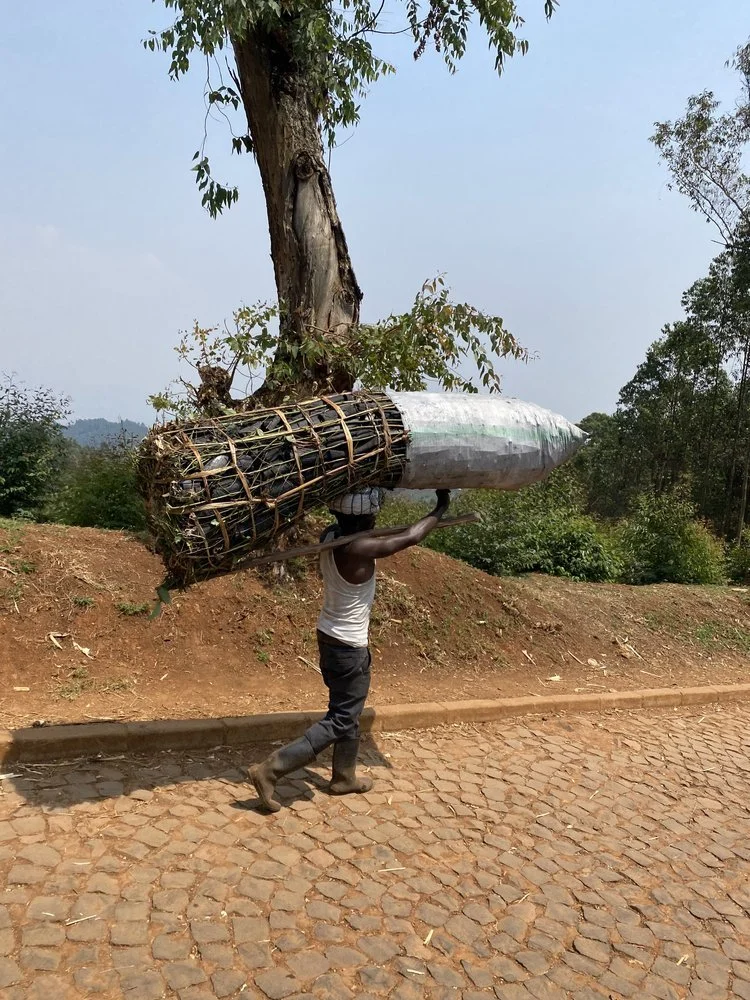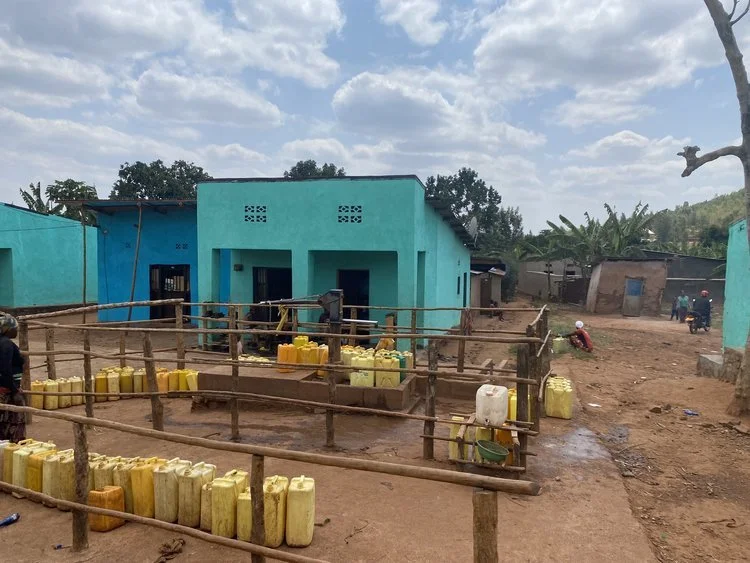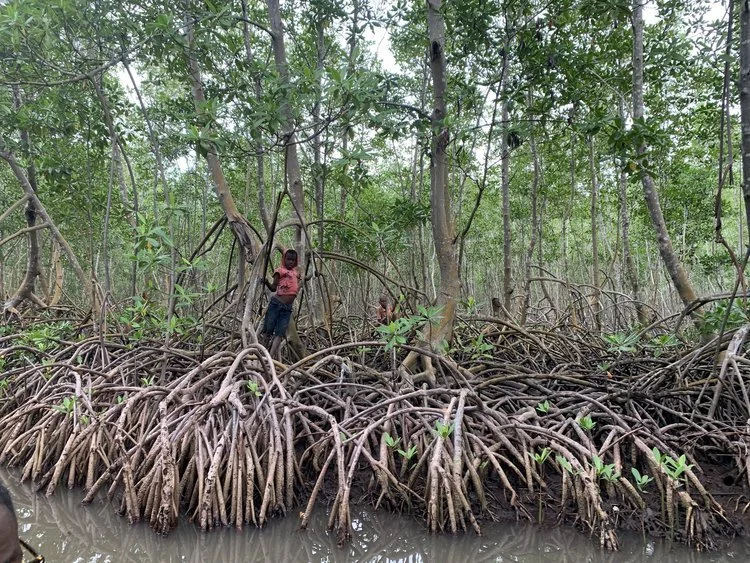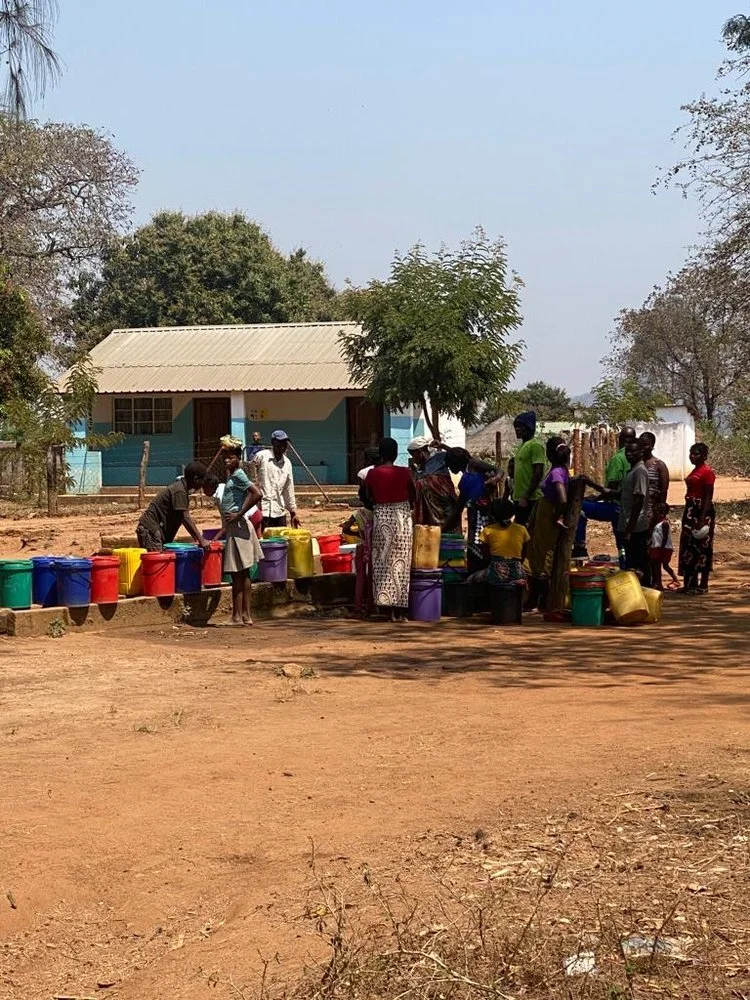
Carbon Offset Projects
Carbon sequestration is the capturing, removal and storage of carbon dioxide (CO2) from the earth’s atmosphere. It is recognized as a key method to tackle climate change. This aim is crucial, as around 45% of the CO2 emitted by humans remains in the atmosphere, widely contributing to global warming. Carbon sequestration can happen in different forms: biologically (forests, soils, oceans), geologically (graphene production,…) or with the use of technology. Canopy Energies focuses on biologically sequestration. We mainly develop reforestation and aforestation projects in developing countries, such as Madagascar or Paraguay.
Those projects are also an unparalleled opportunity for companies to invest in development projects that defend the Sustainable Development Goals (SDGs) set forth by the United Nations. Canopy is dedicated to developing projects that not only benefit local communities but also address their primary needs.
Numerous human activities carry a significant carbon footprint; however, the industrial combustion of non-renewable energy sources and the destruction of natural carbon sinks, such as forests, are particularly impactful. To address these issues, Canopy Energies develops different carbon offset projects that either avoid emissions or sequester carbon.
Carbon avoidance projects aim to curb these emissions by targeting these adverse activities and capturing the emission they create or preventing the activities altogether. In other words, these projects help avoid carbon being released.
Avoided Emissions
Sequestration Projects
Fagnako: Agrosylvopastoral project in Madagascar
Canopy has launched a large-scale agroforestry and sylvopastoral project in Eastern Madagascar. This 10 500 ha project focuses on the Pongamia tree that is particularly well adapted to resotre damaged or infertile soils. Pongamia fruits are also an opportunity to produce bio-oil to replace lightning kerosene that is largely used in Madagascar.
Conservation and Mangrove Restoration in Haiti
This project revolves around the restoration and conservation of mangroves in the marine area of Baradères Cayemites, in Haiti.










